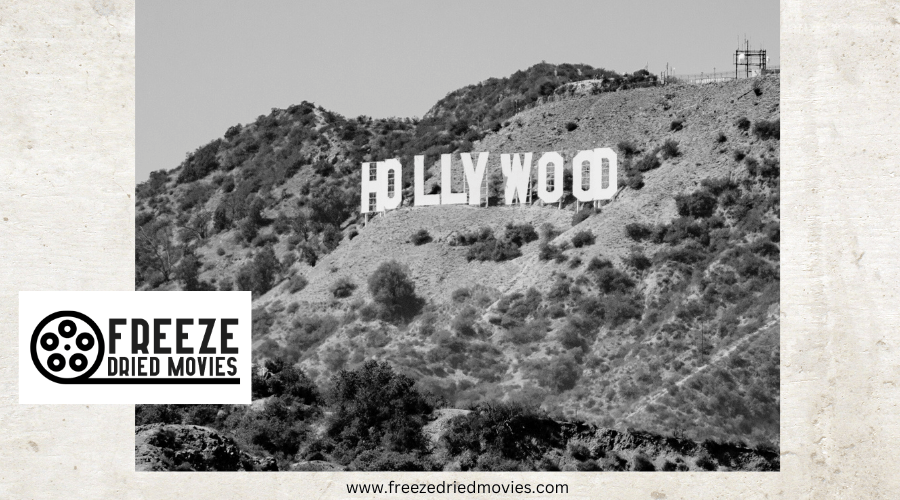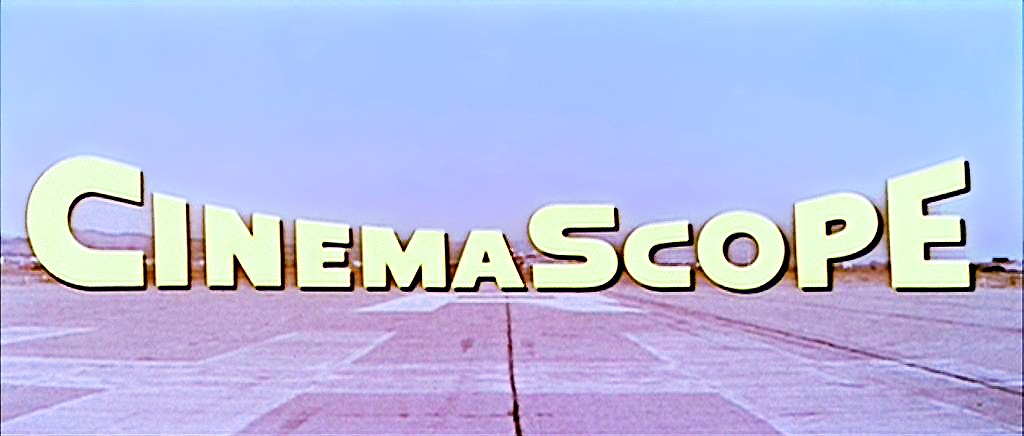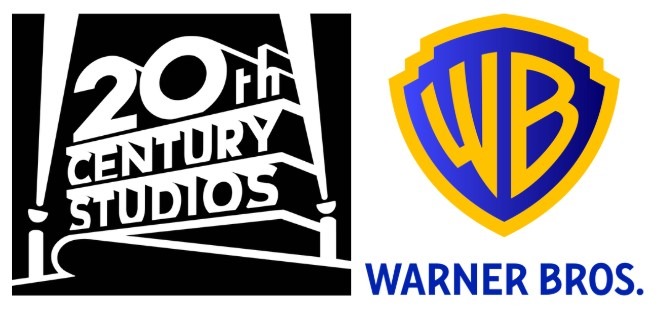The TV Challenge: How Hollywood Fought the Small Screen in the 1960s

When TV ownership exploded in the 1960s, you'd have seen Hollywood fight back with an arsenal of innovations. The film industry unleashed spectacular widescreen epics, vibrant Technicolor, and immersive stereophonic sound - features your living room TV couldn't match. Studios also targeted teenagers with drive-in movies and embraced adult themes that were too provocative for television censors. The story of Hollywood's survival against the small screen reveals a revolutionary transformation of American cinema.
The Rise of Television and Hollywood's Initial Panic
While Hollywood had dominated American entertainment for decades, the 1950s brought an unparalleled challenger into people's homes: television. You could witness the dramatic shift as television sets transformed from a luxury to a necessity, with ownership skyrocketing from 9% to over 90% in just ten years.
The established studio system faced an extraordinary crisis as movie theaters saw their audiences diminish.
Hollywood's production companies scrambled to combat this new threat. As television stations multiplied and ratings systems evolved, the industry responded with desperate innovations. You'd find movie theaters experimenting with 3D technology and wide-screen formats, hoping to offer experiences you couldn't get at home.
Even classic films like Casablanca struggled to draw crowds as Americans increasingly chose their living rooms over cinema seats, forcing Hollywood to reimagine its entire business model.
The 1948 Paramount Decrees dealt another blow to the industry by prohibiting major studios from owning theater chains, further weakening their control over film distribution.
Spectacle Over Substance: The Big-Budget Response
Hollywood's most ambitious response to television arrived in the form of lavish, big-budget spectacles that dwarfed anything the small screen could offer. You'd find major studios abandoning Black and white films and pouring millions into epics like "Cleopatra" and "The Sound of Music," remaking going to the movies into a grand event that TV couldn't match.
For a few years, this strategy seemed to work at the box office. The film industry had convinced itself that spectacular productions would preserve Hollywood's Golden Age glory.
This approach echoed the industry's earlier innovations, like when Technicolor introduction in 1932 revolutionized visual storytelling and drew massive audiences to theaters.
But there were two significant problems: these massive budgets created unparalleled financial risks, and critics argued the emphasis on spectacle had come at the cost of storytelling depth. When several new blockbusters failed, many Hollywood studios faced financial instability, ultimately leading to more character-driven filmmaking in the 1970s.

Breaking Television's Technical Limitations
Three major technical innovations emerged as movie studios raced to outshine television's limitations. The first would revolutionize how you experienced sound: stereophonic systems that made Motion Picture audio come alive in ways TV stations couldn't match.
Next, studio executives welcomed widescreen formats like CinemaScope, offering spectacular vistas that dwarfed the small TV screens found in United States homes.
The third innovation transformed color presentation. While television networks struggled with basic black-and-white broadcasts, Hollywood captivated audiences with vivid Technicolor, best showcased in New York premieres of Best Picture contenders. Even 3D technology briefly joined the arsenal, though it didn't last. These technical advancements, combined with the grandeur of movie palaces, created an immersive experience that early television simply couldn't replicate. The three-strip process introduced by Technicolor in 1932 had already proven its dramatic potential through animated shorts before television became a threat.

New Audiences and Marketing Strategies
As television sets popped up in suburban homes across America, movie studios zeroed in on an untapped market: the booming teenage population. The movie industry realized that while families were content watching broadcast television in their living rooms, teenagers craved freedom and excitement beyond the small screen.
During these two decades, the Big Five studios, including Warner Brothers and Twentieth Century-Fox, shifted their marketing strategies to capture young audiences. You'd find studios producing films that celebrated rebellion, rock music, and youth culture - elements that television couldn't match. The rise of drive-in movies perfectly complemented this strategy, offering teenagers an escape from parental supervision while watching entertainment designed specifically for them. It was a calculated response to television's dominance, altering how studios approached audience targeting and content creation.

The Birth of Adult-Oriented Cinema
While television networks remained constrained by strict content regulations, the film industry uncovered a powerful new direction: mature, provocative storytelling. As Old Hollywood's Production Code weakened after World War II, you'd see a dramatic shift in public interest toward edgier themes.
Independent filmmakers led this revolution by exploring:
- Drug addiction and sexuality (earning "Midnight Cowboy" an Academy Award despite its X-rating)
- Counter-cultural movements championed by stars like Marlon Brando
- Social taboos that television wouldn't touch
- Adult-oriented narratives that challenged conventional morality
The relationship with television forced Hollywood to alter. While some studios pursued the blockbuster approach, New Hollywood emerged with daring filmmakers who weren't afraid to tackle controversial subjects. This creative liberation modified American cinema, proving that mature content could be both artistically significant and commercially successful.
From Studio System to Independent Productions
The crumbling studio system of the 1960s ushered in a revolutionary era of independent filmmaking that forever changed Hollywood's terrain. As millions of Americans turned to the small screen for entertainment, what initially seemed like a death knell for the downtown movie theater actually sparked an artistic renaissance.
Two major forces reshaped the industry as a whole: the rise of European New Wave-influenced directors and the collapse of traditional studios. When the Supreme Court stripped studios of their iron grip on distribution, they lost control of their empires. Years later, iconic studios like Paramount and MGM were sold off, but from their ashes emerged bold new voices.
Directors like Sidney Lumet and Mike Nichols proved that films would thrive outside the old system, creating pioneering works like "Bonnie & Clyde" and "The Graduate" that challenged societal norms.




